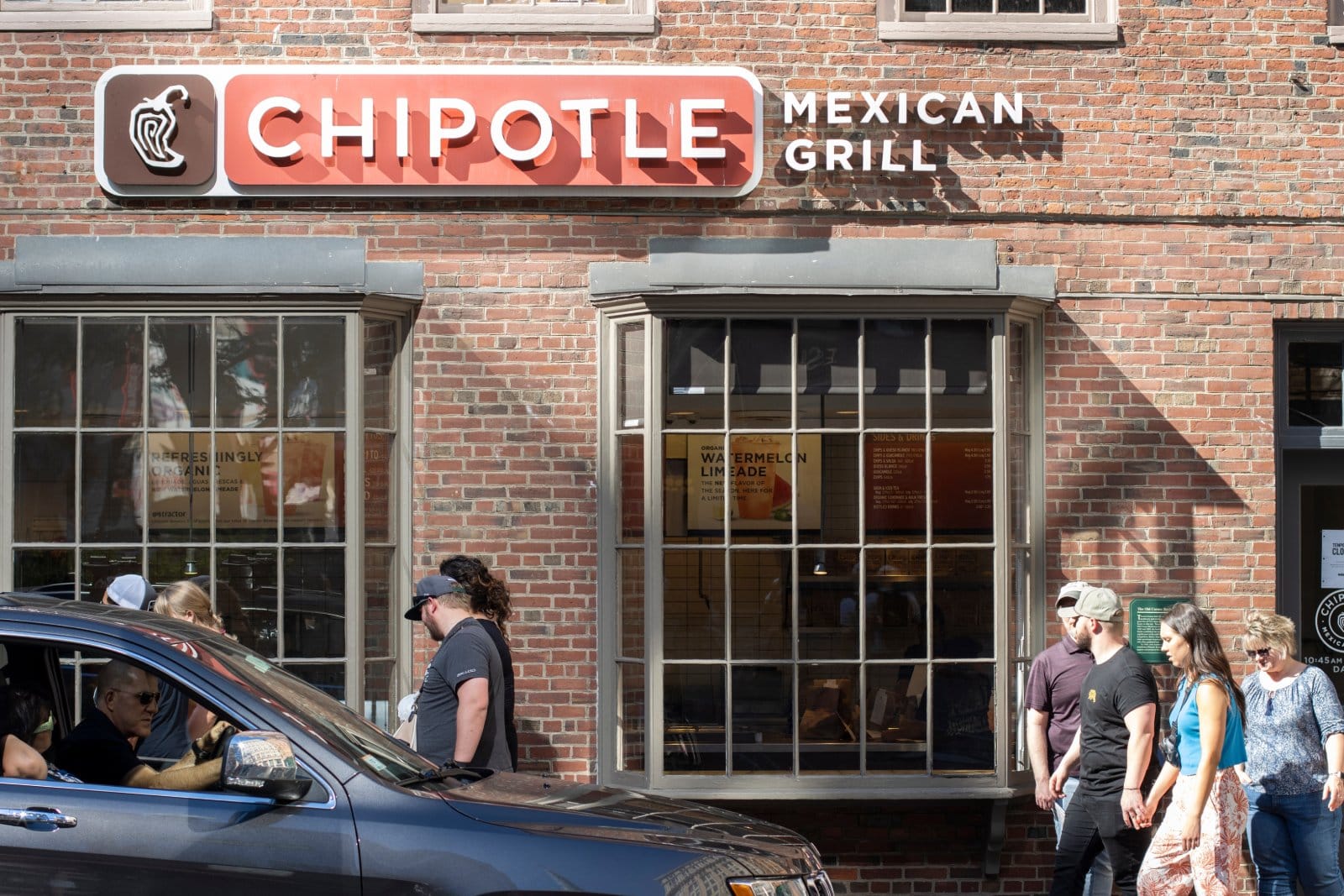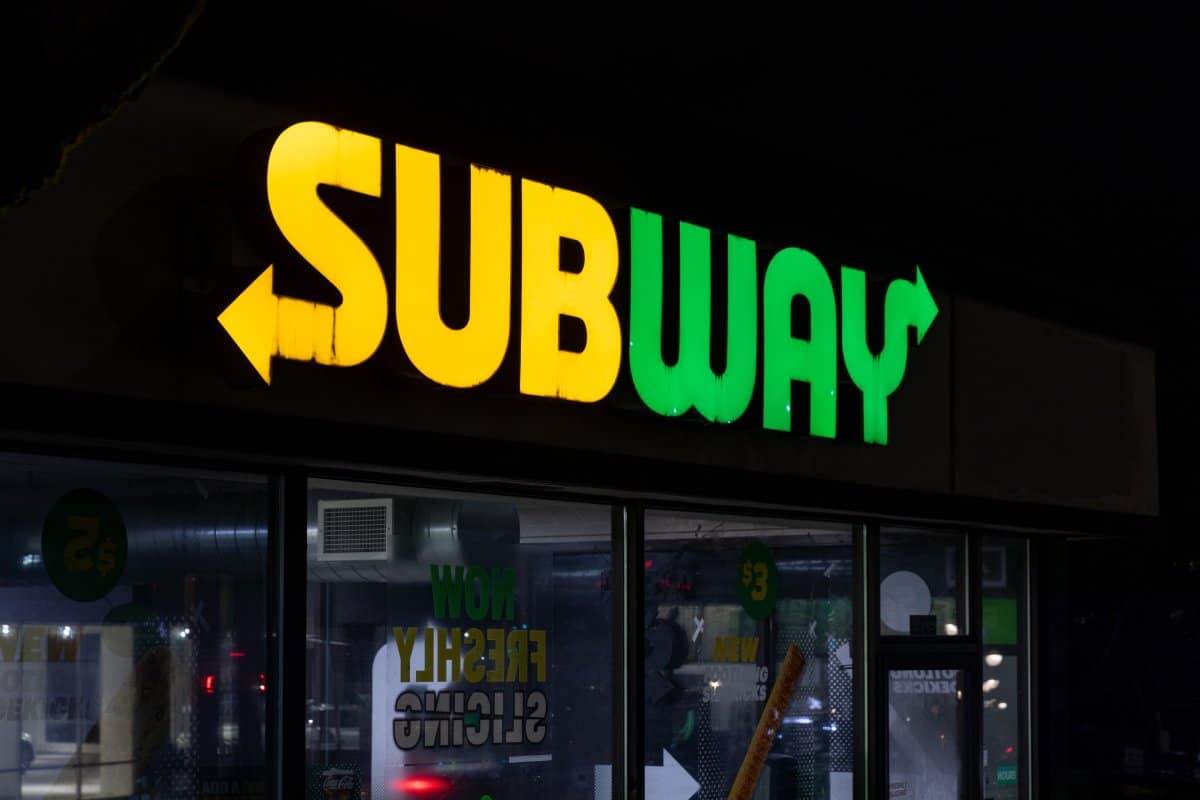Subway fans were in for a shock when the sandwich giant abruptly closed 23 locations across Oregon and Washington. With little warning and no clear explanation, over 200 workers found themselves jobless, and customers were left wondering what happened to their local sandwich spot.
The Sudden Shutdown

Out of the blue, 23 Subway stores across Oregon and Washington closed their doors, leaving both employees and customers in the dark. No public announcement, no heads-up—just locked doors and empty parking lots. For a chain that prides itself on being the go-to for a quick, fresh meal, this kind of shutdown raises eyebrows.
A Blow to Workers

The sudden closures didn’t just impact customers. Over 200 workers found themselves out of a job, with no notice and no severance. In an economy where job security feels more fragile than ever, these workers are now scrambling to find new employment. Labor advocates are calling out Subway’s handling of the situation, arguing that the company owes more to its employees.
Franchisee Troubles

So, why the closures? It turns out, the stores that shut down were all owned by the same franchisee. Reports suggest financial difficulties led to the abrupt decision. This isn’t the first time Subway has faced issues with franchisees. The company’s relationship with its franchise owners has been rocky, with disputes over high fees and strict control leading to tensions.
The Decline of a Giant

Subway’s story isn’t new. Over the past few years, the chain has struggled with declining sales and store closures. From 2016 to 2021, Subway closed over 6,000 locations across the U.S. Changing consumer tastes, increased competition, and past scandals have all contributed to its decline. The recent closures in Oregon and Washington are just another sign of trouble for the once-dominant brand.
Changing Tastes

The way we eat is changing. More and more people are looking for healthier, more sustainable options. Fast-casual chains like Chipotle and Panera Bread have captured the market Subway used to dominate. The sandwich chain, known for its $5 footlongs, has struggled to keep up with the shift towards fresh, quality ingredients.
The $5 Footlong Dilemma

The $5 footlong was once Subway’s claim to fame, but it’s now part of the problem. Rising food costs and inflation have made it difficult to offer these low prices without cutting into profits. Subway has tried to move away from the $5 footlong, but customers still expect value for money. It’s a tricky balance that the chain hasn’t yet figured out.
A Fresh Start?

Despite these setbacks, Subway isn’t throwing in the towel. The company has been making moves to revamp its menu, improve ingredients, and modernize its stores. They’ve even introduced a new “Eat Fresh Refresh” campaign, focusing on quality and freshness. But will it be enough to win back customers and keep the franchisees happy?
The Franchisee’s Perspective

Running a Subway isn’t as easy as it looks. Franchise owners have been vocal about the challenges they face, from high fees to strict operational controls. The recent closures highlight the struggles of being a Subway franchisee, where even a successful location can quickly become unprofitable.
What About the Customers?

For loyal Subway customers, the closures are a blow. Finding a new go-to sandwich spot isn’t easy, and many are wondering if their local store will be next. The sudden shutdowns have left a bad taste in the mouths of customers who value consistency and reliability.
Is This the End for Subway?

While the closures are a setback, Subway isn’t out of the game yet. The company still operates over 37,000 locations worldwide. However, the fast-food landscape is changing, and Subway will need to adapt if it wants to stay relevant. The days of the $5 footlong might be over, but there’s still hope for a comeback.
The Economic Impact

These closures don’t just affect Subway—they have a ripple effect on the local economy. Empty storefronts mean less foot traffic for neighboring businesses, and displaced workers mean less spending power in the community. It’s a reminder that every business decision has a broader impact.
What’s Next for Subway?

With the closures behind them, Subway is focusing on the future. The company is betting on new menu items, updated store designs, and a renewed commitment to quality to bring customers back. It’s a tough road ahead, but with the right strategy, Subway might just find its way back to the top.
Lessons Learned

The sudden closures are a wake-up call for Subway and other fast-food giants. It’s a reminder that transparency, employee support, and adaptation are crucial in today’s market. As the industry evolves, only those willing to learn and change will survive.
20 Foods You Should Never Put on Your Plate

Listen up—these foods might seem harmless, but they’re secretly sabotaging your health. They look innocent in your kitchen, but trust me, they’re trouble. Here’s a quick rundown of 20 foods that aren’t as friendly as they seem. Consider this your heads-up! 20 Foods You Should Never Put on Your Plate
Taco Bell’s Biggest Value Meal Ever Hits the Market

America’s most popular Mexican-American fast food chain has joined the so-called “fast food wars,” offering new meal deals to bring customers through their doors. Taco Bell’s Biggest Value Meal Ever Hits the Market
Cut These 20 Ultra-Processed Foods from Your Diet

American supermarket shelves may dazzle with convenience and flavor, but beneath the flashy packaging lurks a world of ultra-processed foods. Can you decipher labels to make healthier choices for your well-being? Cut These 20 Ultra-Processed Foods from Your Diet
Featured Image Credit: Shutterstock / Hrach Hovhannisyan.
The content of this article is for informational purposes only and does not constitute or replace professional advice.
The images used are for illustrative purposes only and may not represent the actual people or places mentioned in the article.
For transparency, this content was partly developed with AI assistance and carefully curated by an experienced editor to be informative and ensure accuracy.

